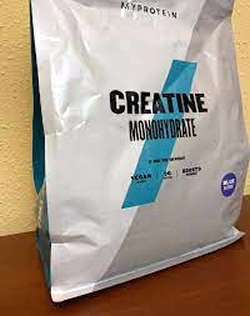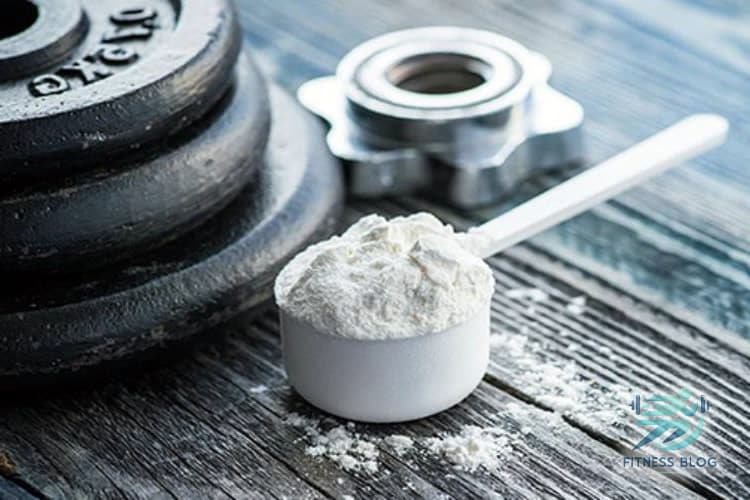If you have been wondering, how help creatine for muscle gain?, this article is for you. Creatine for muscle is a natural compound made up of three amino acids: arginine, methionine, and glycine. Amino acids are the building blocks of proteins.
Table of Contents
Our human body creates a small amount of creatine for muscle which is approximately only one gram every day. The rest must be provided through dietary supplements or diet. Fish and meat are the main sources of creatine. For this reason is that its name is derived from the Greek word “kreas” which has the meaning of meat.
But the question of the day: What is creatine good for?
Creatine will improve your physical performance when performing any type of sport and will also help your body composition.
Improves blood sugar control in diabetic patients. Helps prevent muscle loss and bone weakness in older men and women. Although more than 80 percent of creatine is accumulated in muscles, it is also important for the brain, and the cognitive abilities of the elderly improve.
How works reatine for muscle growth and strength?

It causes an improvement in mood in the case of mental fatigue caused by lack of sleep and reduces symptoms of depression.
Increases fat burning in athletes over 50 performing strength training.
Dosage and recommendations
In general, athletes are recommended to ingest 5 grams per day. This is sufficient to achieve the desired effect and is completely safe.
Clearly people like a powerlifter weighing 120 kilograms should ingest a larger amount than an ectomorph with only 65 kilograms of weight.
What is the Best time to take creatine for muscle gain?
The intake of creatine for muscle per body weight would be 8 grams per 100 kilograms of body weight. Many studies support an initial loading phase to quickly saturate the creatine for muscle reserve. With a dose of approximately 20 grams per day, and then continue to maintain the dose we discussed of 5 grams;
The intake of creatine for optimal muscle performance is often recommended at a rate of 8 grams per 100 kilograms of body weight. Research indicates that employing an initial loading phase can significantly enhance muscle creatine saturation, allowing for faster and more pronounced strength gains. During this phase, a daily dose of approximately 20 grams is typically suggested, divided into smaller servings to maximize absorption.
After the loading period, it is advisable to transition to a maintenance dose of around 5 grams per day, which helps sustain elevated muscle creatine levels. This regimen, supported by numerous studies, enhances athletic performance and facilitates recovery, making creatine a popular choice among both casual gym-goers and competitive athletes.
What is the best time to take creatine for muscle cramps?

- It is always recommended to take creatine for muscle after training. You can ingest it after training and studies have shown that this is the time when it is best used.
- It is not recommended to take it after a meal. It is known that the pH of the stomach creates a degradation of creatine. It is recommended to take creatine for muscle on an empty stomach where the pH is low and there are few grams of bicarbonate.
- They also recommend lowering the dose by half on the days you do not train or even rest from their intake. It will depend on the imposed goal and the intensity of the exercises you are doing;
I hope you find this article useful and that it has been clear to you what creatine is for. Leave me your comments and see you in the next one